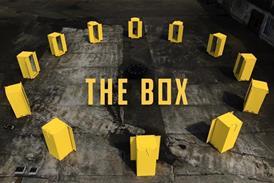An ITU study group has mapped out how future incarnations of stereoscopic 3D broadcasting might work, including new systems that will accurately mimic the way the human eye and brain perceive the visual world.
Study Group 6 of ITU’s Radiocommunication Sector (ITU-R) has published a roadmap of technology developments that will be developed and rolled out in three stages:
- The first generation, called ‘plano-stereoscopic television’, calls for two views to be delivered to viewers’ TV sets and is similar to the left and right method favoured by BSkyB for its upcoming channel.
It involves wearing special glasses and viewers will be able to see depth in the picture, although the view will remain the same when they move their heads. - The second generation will provide for multiple views, with head movement changing the view, for a viewing experience that more closely mimics real life.
- The third generation will feature systems that record the amplitude, frequency, and phase of light waves, to reproduce almost completely human beings’ natural viewing environment.
This third kind of highly advanced system is technically some 15 to 20 years away.
Christoph Dosch, the chairman of ITU-R Study Group 6, said: “This is an important step forward on the road to globally-agreed ITU Recommendations on 3D TV.”
The next Study Group meeting will tke place in April 2010.






























No comments yet